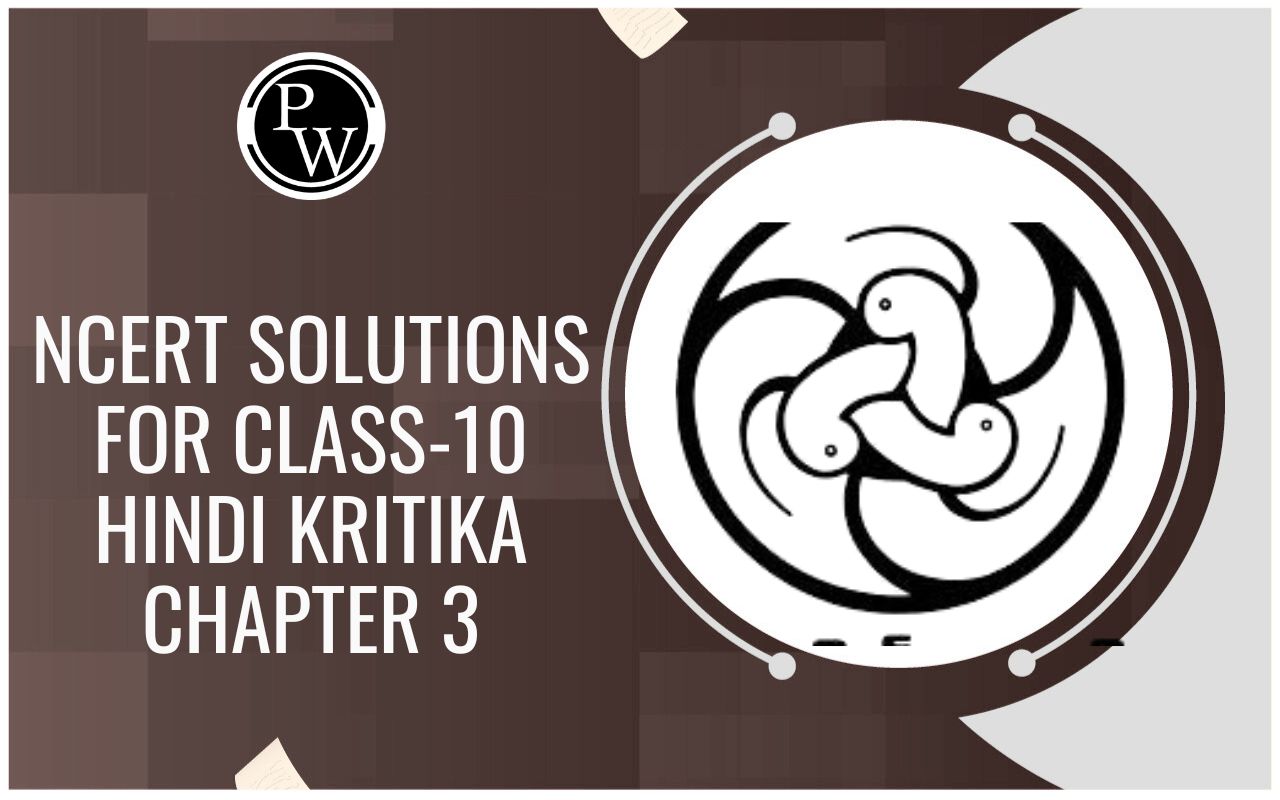
Cyclostomata-Characteristics And Classifications
Aug 24, 2023, 16:45 IST
The living jawless fish, such as lampreys and hagfishes, are included in the chordate group known as Cyclostomata. Both groups possess retractable horny teeth but lack jaws and have spherical mouths. Cyclostomata is Greek for "round mouths." Due to the absence of a jaw, their mouths are unable to seal, forcing them to continuously cycle water through the mouth. In this article, we will discuss the common characteristics, classifications, and examples of Cyclostomata in detail.
| Table of Content |
Introduction
- The Lower Ordovician period is when the stenolaemate bryozoan order Cyclostomata (also known as cyclostomes) first emerged.
- It has over 666 species, 373 genera, 59 families, and 7 suborders. Cyclostomata predominated during the Mesozoic era, but their numbers have subsequently dropped.
- At the moment, cyclostome species rarely make up more than 20% of the species listed in local bryozoan faunas.
- They prey primarily on adult fish since they are parasitic.
- They look a lot like eels morphologically.
- They are known as Agnatha because they are the only known vertebrates lacking real jaws. Hagfishes and lampreys are cyclostomes.
General Characteristics
- A real coelom can be seen in this group.
- These creatures are termed Agnatha because they lack jaws.
- The mouth is elongated. It has tentacles all around it and functions like a sucker.
- Teeth are present on the tongue.
- They are early vertebrates without jaws. They could be freshwater or marine. They include lampreys and hagfish.
- The skin is smooth and silky. It's slick. It has a smaller scale.
- The trunk and tail have myomeres in the Z-shape. The protractor and retractor muscles move the tongue.
- The body is lengthy, resembling an eel. It has a compressed tail and a trunk.
- There aren't any paired fins. The median fin is supported by the cartilaginous fin rays.
- They have well-developed brains and neural systems.
- The number of cranial nerve pairs is ten or less.
- Nasal sac has a single, median opening.
- There is a lateral line sense organ.
- A pair of mesonephric kidneys are part of the excretory system.
- The sexes are distinct.
- Only one Gonad lacking any gonoduct can be seen.
- Development might occur directly or after a protracted larval stage.
- Notochord endures for the duration of life.
- Around the notochord, neural arches serve as a metaphor for vertebrae.
- They have five to sixteen pairs of gills, which are arranged in sac-like pouches.
- The heart has two chambers. Conus arterescsus is lacking, although sinus venousus is present.
- Leucocytes and irregular nucleated erythrocytes are found in the blood.
- Oesophagus enters the intestine in place of the stomach.
- There is an endoskeleton.
- Skull is a basic and not well developed representing primitive species.
Classification
The class Cyclostomata is further classified into two distinct orders which include
- Petromyzontiformes and
- Myxiniforms
Let us discuss briefly these orders
Petromyzontiformes
- The members of this order are lampreys and lamper eels.
- Both freshwater and marine environments contain them.
- Their ventral mouth is filled with many horny teeth.
- The nostril can be seen in the dorsal region.
- They have a dorsal fin that is well-developed.
- Spinal nerves have distinct dorsal and ventral bases.
- The evolution is circumstantial.
- They include Petromyzon and Lampetra.
Myxiniformes
- Hagfishes and slime eels are among them.
- Buccal funnel does not exist.
- Through a canal, the nasal sac enters the throat.
- Eyes are essentially remnants.
- No or a very tiny dorsal fin is present.
- Poorly formed branchial basket.
- The brain is simple.
- They have a small reduced pineal eye.
- One semicircular canal makes up the entire ear.
- All of the hagfish are aquatic.
Habitat
- Cyclosome bryozoans are only marine and stenohaline at present, with the majority of species existing subtidally on the continental shelf.
- The first records of Escharoides bishopi and the non-native Fenestrulina delicia in British waters were found in 2014 thanks to UK government-sponsored research reports on renewable energy.
- They appear to be less common and diversified than cheilostomes in low latitudes; practically all of the big species are found in temperate and arctic environments.
- The majority of cyclostomes inhabit hard substrates, however, some encrust squishy algae.
- Particularly numerous encrusting species have been found in cryptic environments, such as the concave inside of bivalve shells.
Physical Appearance
- Although they resemble eels, lampreys have a soft, cartilaginous skeleton.
- They don't have paired fins, but their dorsal and ventral fin folds are nicely developed.
- The adult's jaws are so undeveloped that it appears that they are lacking; the mouth, which forms an elliptical disc at the tip of the snout when it is open but is closed, is armed with many horny, hooked teeth grouped in several (11 to 12) rows, with the innermost row having the largest teeth.
- There are seven open gill holes on each side and two dorsal fin folds.
- With its eel-like look, two dorsal fins, and jawless mouth, the sea lamprey—the only member of its group known from our saline waters—is difficult to confuse with any other fish.
- At the time of transition from the larval stage, the length is approximately 4 to 8 inches (100-200 mm.).
- The average length of sexually mature individuals captured in American rivers is 2 feet, with a maximum height of around 3 feet. A 33-inch piece weighs 24 pounds.
Cyclostomata FAQs
Q1. Cyclosyomata belongs to which taxonomic group in the classification system?
Ans. Cyclostomata is included in the superclass ‘Agnatha’ which represents fishes that lack a proper jaw. Due to rudimentary jaw development, these fishes always have an open mouth and continuously pass water through their mouth.
Q2. Why is Cyclostomata called False Fish?
Ans. The true characteristics of a fish including jaws and paired fins are lacking in this group, hence, they cannot be regarded truly as fish.
Q3. Do Cyclostomata have a vision?
Ans. The eyes are rudimentary in the larval form and produce a blurry image but during the transformation into the adult form, the eyes become well-developed with proper vision.
Q4. Which animals are included in Cyclostomata?
Ans. Mostly saltwater marine fishes like lampreys and hagfishes are included in Cyclostomata.
Cyclostomata.txt Displaying Cyclostomata.txt.





